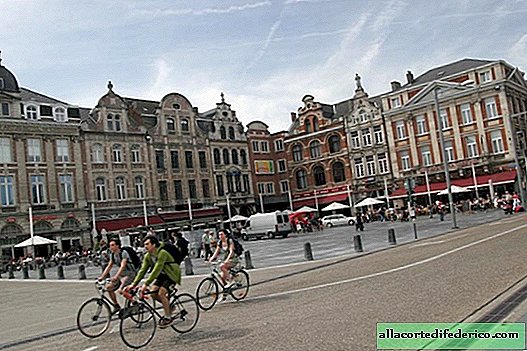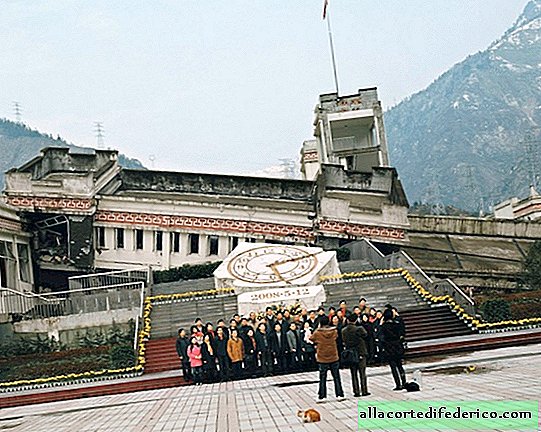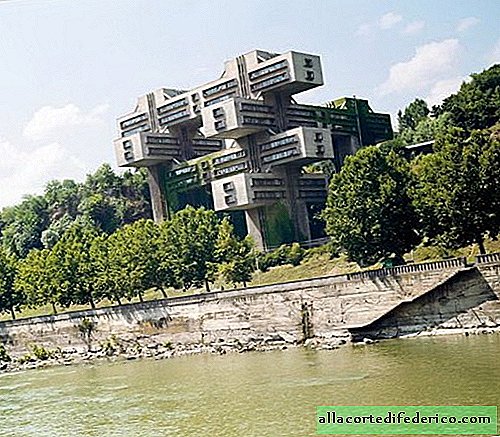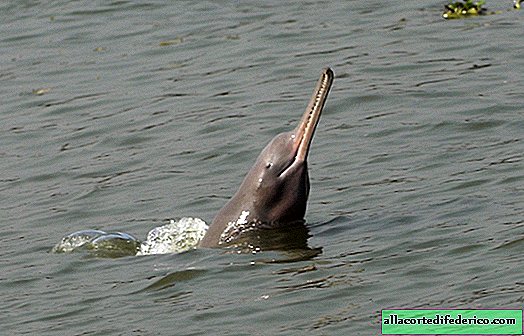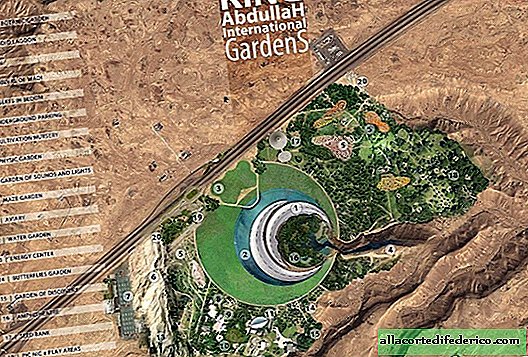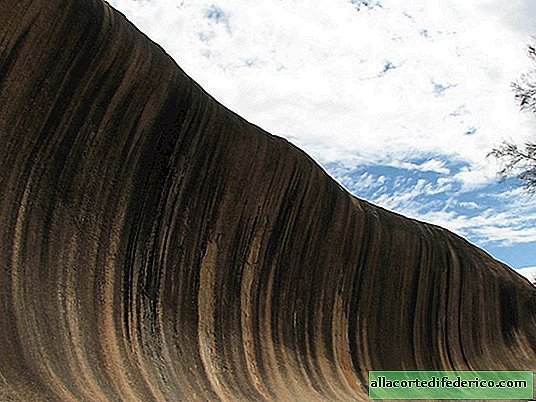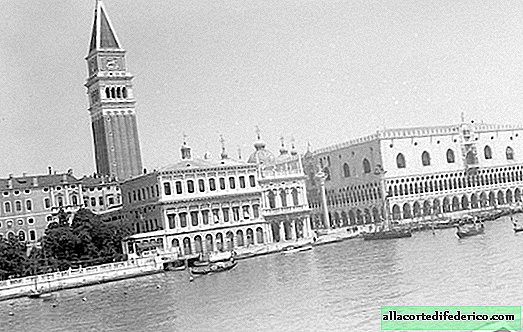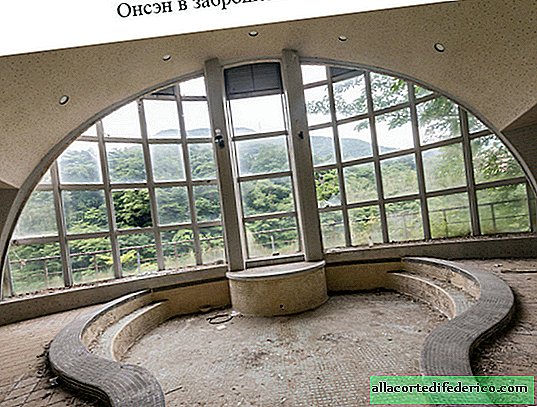Huge cracks in Kenya: new manifestations of the rift that splits Africa
This spring, sensational news spread around the world: in Kenya, after heavy torrential rains, a huge crack formed in the earth's crust. A fault several kilometers in length reaches five meters in width and goes 15 meters deep. But this event did not surprise scientists at all: the rift zone, which is slowly breaking Africa into two parts, has long been known.
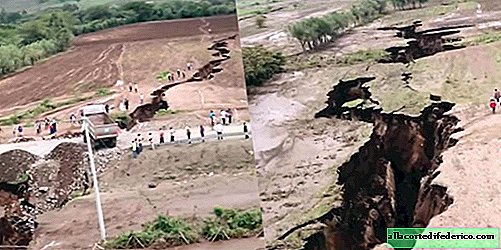
The East African Rift Valley, or Great Rift Valley, stretches from the Red Sea and the Gulf of Aden to Mozambique in southeast Africa. The fault divides the continent into two unequal parts along the boundaries of lithospheric plates: African (Nubian) and Somali.

The rift system moves apart at a speed of several centimeters per year in the south and more slowly in the northern part. In the rift zone of the Red Sea, a new oceanic crust forms. This sea, as well as the Gulf of Aden, is gradually expanding, estranging Africa from the Arabian Peninsula.
 Scheme of the continental rift zone
Scheme of the continental rift zoneThe Great Rift Valley is not a strict line-boundary between two plates, but a whole system of rift faults, which can be parallel or at an angle to each other.

In this rift valley there are active and extinct volcanoes, regions of seismic activity and many manifestations of faults in the relief. Such large lakes as Tanganyika, Rudolph, Nyasa, Albert are confined to rift depressions. These are narrow and often deep bodies of water repeating the shape and direction of faults. Lake Tanganyika reaches a depth of 1470 meters and is only slightly inferior in this indicator to Lake Baikal, which also has a rift origin.
 Tanganyika Lake
Tanganyika LakeThe most famous waterfall in Africa and one of the most beautiful in the world, Victoria Falls, also owes its origin to the Great Rift Valley. Just in the place where the waterfall is located, the Zambezi River flows through the territory of the rift valley, and the fall of the water is a spectacular sight.
 Victoria Falls, Zambezi River and grandiose faults
Victoria Falls, Zambezi River and grandiose faultsRecent activity in the rift zone of the African continent has led to the appearance of huge cracks, one of which damaged the Nairobi-Narok highway. According to the researchers, sooner or later Africa will be divided into two parts, and in the place where the fault passes, the sea will form. But do not despair ahead of time. This process will take millions of years, so it is too early for African countries to redefine state borders and prepare for large-scale relocation.


